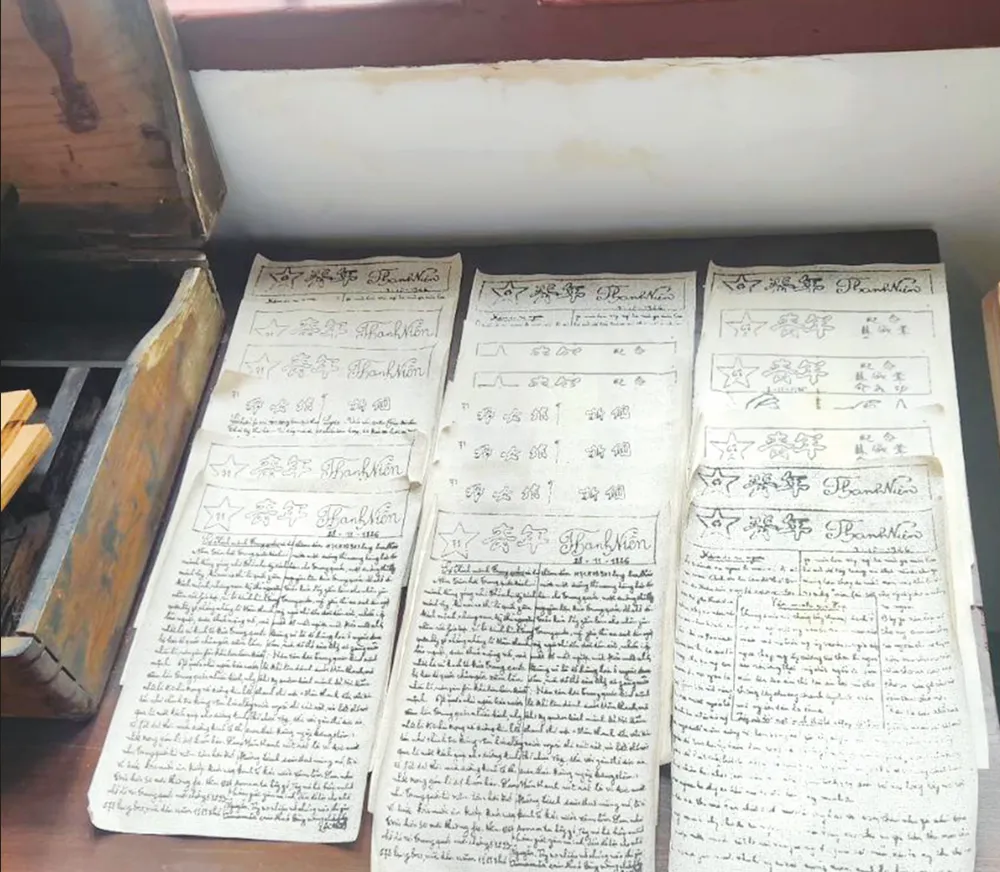
From Russia to Guangzhou
In 1923, after leaving France for the Soviet Union, Nguyen Ai Quoc officially became a member of the Communist International. In a letter to his comrades in France, he affirmed his path: “Return to the Fatherland, go among the masses, awaken them, unite them, train them, and lead them to fight for Freedom and Independence.”
However, the circumstances at that time did not allow him to return directly. In early 1924, Nguyen Ai Quoc went to Guangzhou as a delegate of the Communist International, participating in the advisory mission to the Sun Yat-sen Government . Guangzhou - where the Chinese and Asian revolutionary movements converged, and was close to Vietnam - became a strategic location to build a domestic revolutionary movement.
At house number 13 Van Minh Ly, Nguyen Ai Quoc not only lived and worked, but also directly organized political training classes for patriotic youth from Vietnam. In the classes lasting from 1925 to 1927, he taught about world revolution, Vietnamese revolution, Marxist-Leninist theory, methods of mass mobilization, the role of youth, workers and farmers... More than 70 students were trained here, many of whom later became key leaders.
In particular, in June 1925, Nguyen Ai Quoc founded the Vietnam Revolutionary Youth Association - the predecessor of the Communist Party of Vietnam . Key cadres such as Le Hong Phong, Tran Phu, Ho Tung Mau... all came from this first training class. He introduced a number of outstanding students to study in the Soviet Union and China, preparing for a higher level of organizational development in the future.
The torch that opens the way
With his journalistic experience from publishing Le Paria (The Miserable) in France, Nguyen Ai Quoc founded Thanh Nien - the first revolutionary newspaper written in the national language, to spread Marxism-Leninism, enlighten revolutionary ideals and organize the struggle movement in the country.
The first issue of the newspaper was published on June 21, 1925, printed on wax paper in Guangzhou, each issue had 2-4 pages, small size 13x19cm. In more than two years, about 202 issues were published, of which the first 88 issues were directly edited, written and directed by Nguyen Ai Quoc himself. The issues were secretly sent to Vietnam through the post office and revolutionary base network.
French secret police chief Louis Marty once affirmed that Thanh Nien newspaper stimulated national spirit, encouraged the desire for independence and was an effective tool to enlighten and organize the masses. In particular, articles such as “What is Youth?”, “Revolution and Reform”, “The Revolutionary Path”… thoroughly explained the core issues: what is revolution, why must we make revolution, who is the core force, the role of the organization…
The language in the newspaper is not academic but simple, clear, easy to understand, suitable for the level and circumstances of the masses. That is the principle that President Ho Chi Minh always emphasized: "Doing journalism is to serve the revolution", is an "ideological weapon" to propagate, educate, mobilize and organize the people.
More than 100 years have passed, but the small house at 13 Van Minh Ly is still preserved as a special revolutionary relic. Here, documents, artifacts, and documentary photos are solemnly displayed, vividly recreating Nguyen Ai Quoc's revolutionary activities in Guangzhou and the initial mark of Vietnam's revolutionary press.
From the first newspaper in a foreign land, the Vietnamese revolutionary press today has developed into a core force in political and social life, contributing to protecting the Party's ideological foundation, spreading knowledge, fighting against erroneous arguments and inspiring innovation and creativity for the whole society.
On the occasion of the 100th anniversary of Vietnam Revolutionary Press Day, the Vietnam Journalists Association organized a working trip to visit the place where President Ho Chi Minh founded Thanh Nien newspaper, the mouthpiece of the Vietnam Revolutionary Youth Association, in Guangzhou, China.
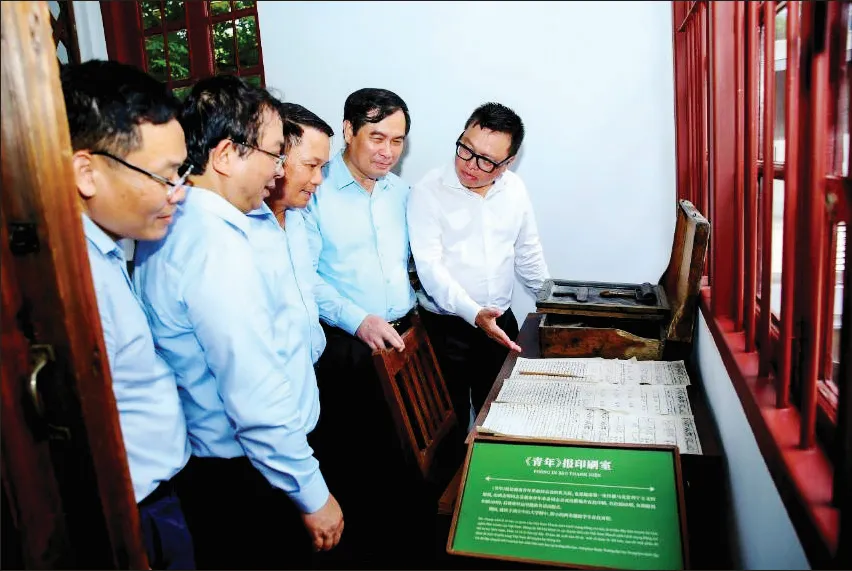
On the afternoon of June 11, the delegation visited the Relic House No. 248-250 Van Minh Street, Guangzhou City - the headquarters of the Vietnam Revolutionary Youth Association, where leader Nguyen Ai Quoc - Ho Chi Minh lived, worked and organized training classes for cadres for the Vietnamese revolution during the period 1924-1927.
Here, 100 years ago, he directly wrote, presented, printed and published Thanh Nien newspaper - the first mouthpiece of the Vietnamese revolution.


Khac Hao
Source: https://www.sggp.org.vn/tu-mot-to-bao-den-dong-chay-tram-nam-post800318.html


![[Photo] Close-up of modernized Thu Thiem, connecting new life with District 1](https://vphoto.vietnam.vn/thumb/1200x675/vietnam/resource/IMAGE/2025/6/24/d360fb27c6924b0087bf4f288c24b2f2)


![[Photo] General Secretary To Lam meets with the Group of Young National Assembly Deputies](https://vphoto.vietnam.vn/thumb/1200x675/vietnam/resource/IMAGE/2025/6/24/618b5c3b8c92431686f2217f61dbf4f6)
![[Photo] The 9th Party Congress of the National Political Publishing House Truth](https://vphoto.vietnam.vn/thumb/1200x675/vietnam/resource/IMAGE/2025/6/24/ade0561f18954dd1a6a491bdadfa84f1)




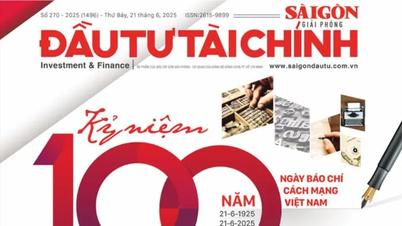
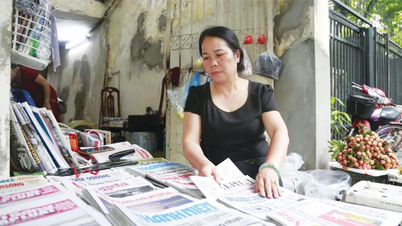





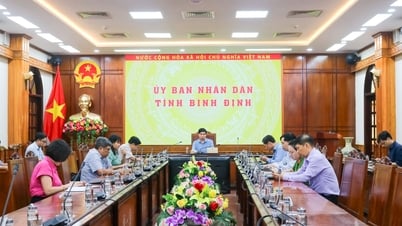

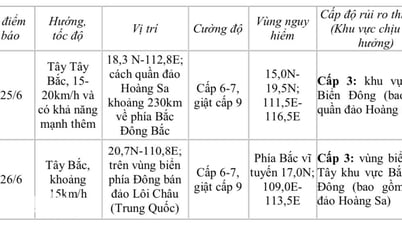



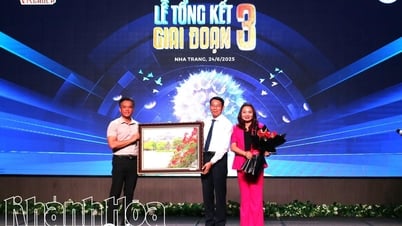





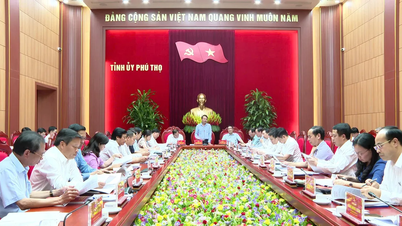
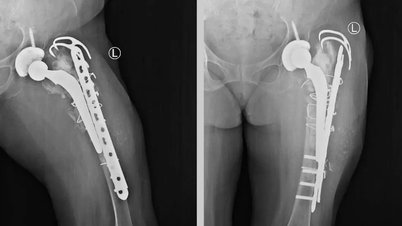

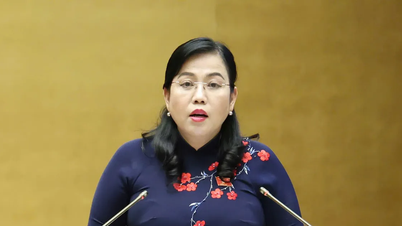
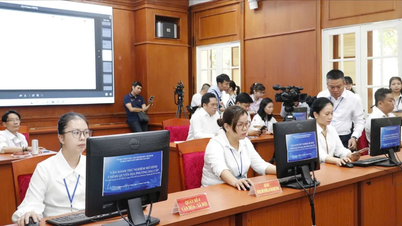

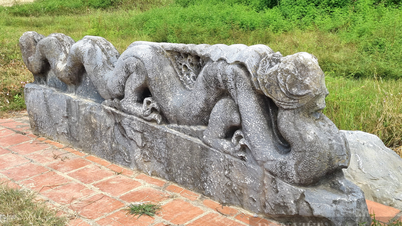

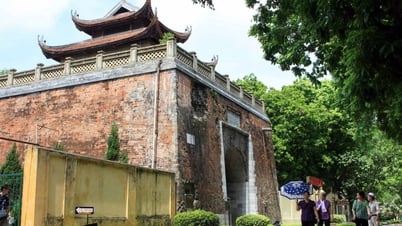

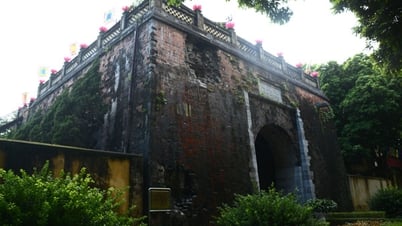







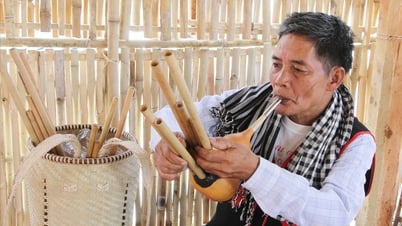





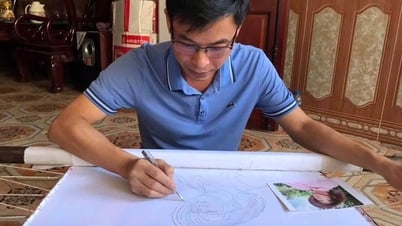




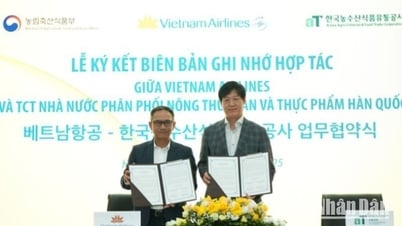








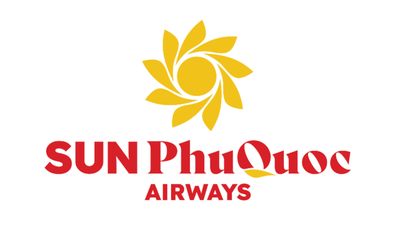
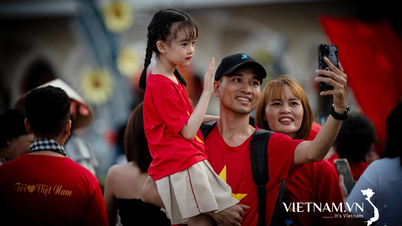









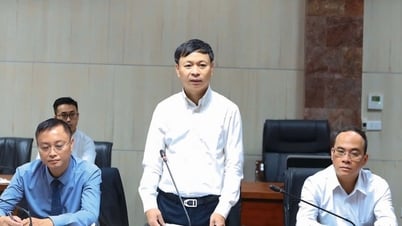

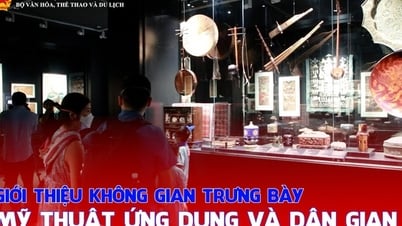



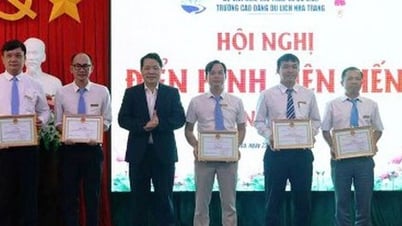







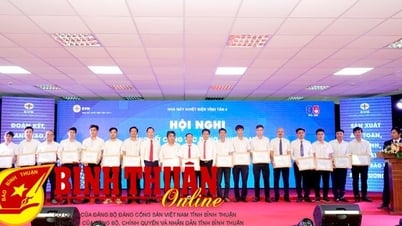












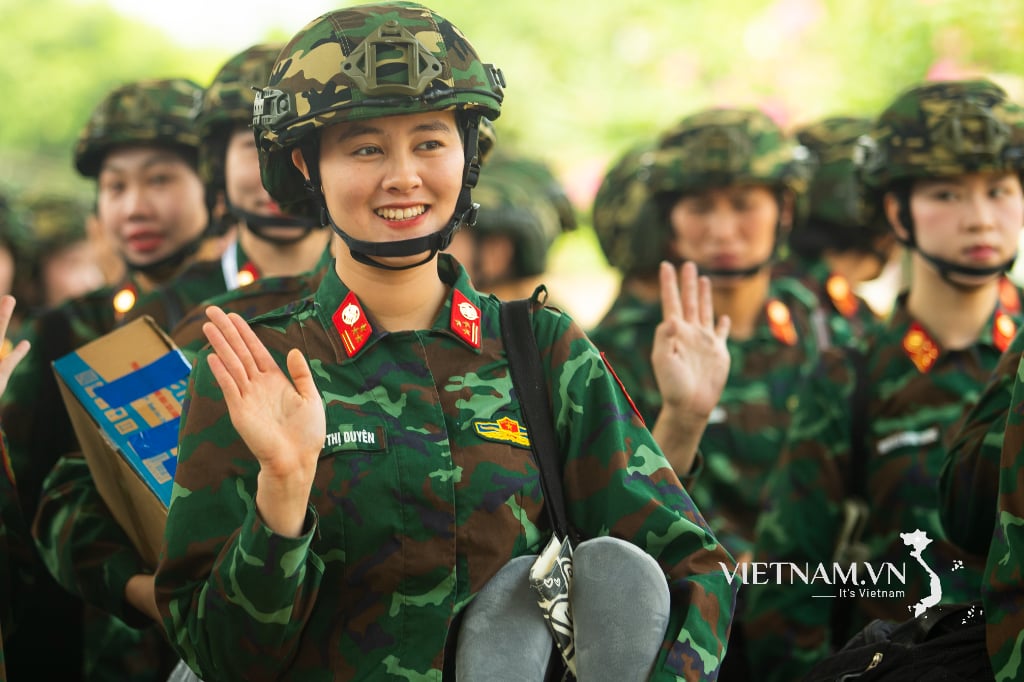

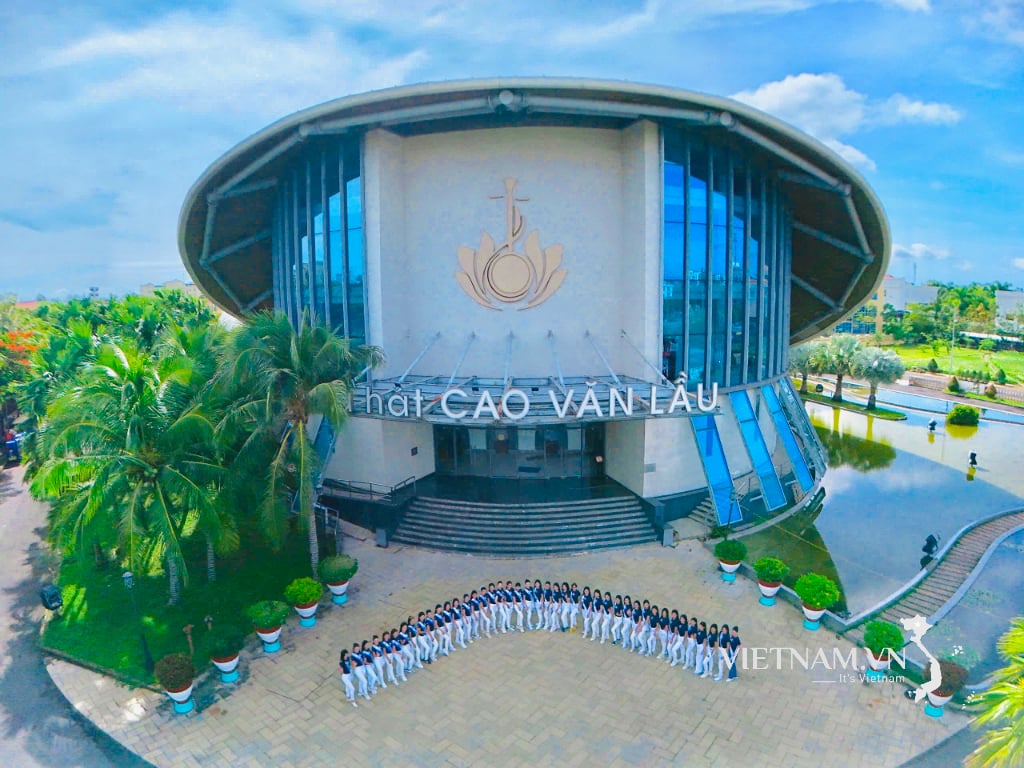
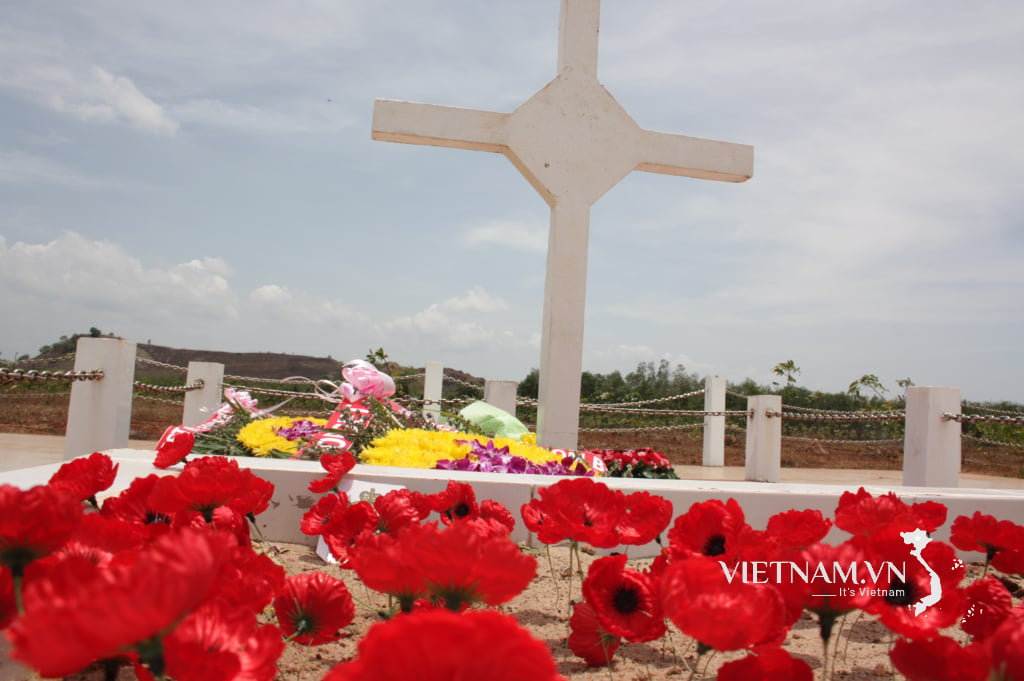
Comment (0)